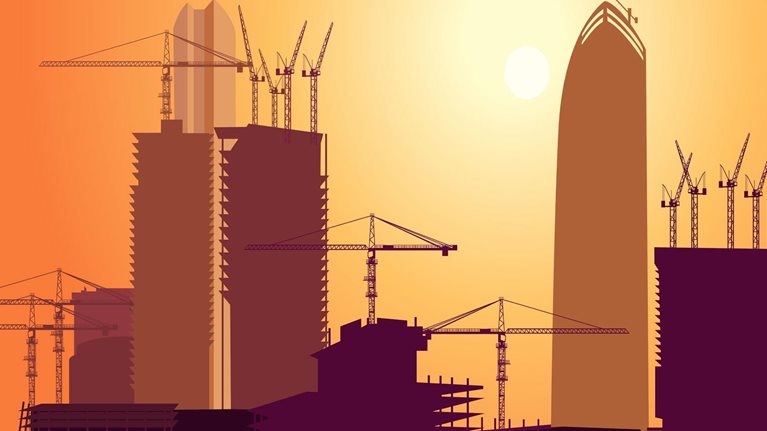Imagine you want to buy a new car. You find the make and model you want, select your interior and finish details, and place the order. The car company starts building the car to meet your specifications, and promises to deliver it in a few weeks.
Stay current on your favorite topics
But a few weeks turn into a few months and the car never arrives. It’s nearly impossible to get an answer as to why. When you ask you are referred to the person in charge of the chassis, who blames the engine guy, who in turn says the steel wasn’t delivered on time. You’re left trying to chase down multiple people over phone or email.
Finally, after nearly a year, you get your car. But it arrives with a bill for 30 percent higher than the original quoted price.
No one would buy a car this way. More to the point, no car maker or dealership would expect you to. But, somehow, we’ve come to accept this frustrating process as normal when it comes to construction.
Construction must embrace technology
While other industries have radically modernized their processes, construction remains one of the most stagnant major industries in the world, still using many of the same methods first deployed in the 19th century. As a result, productivity is falling, the construction workforce is shrinking,1 and demand for housing continually outpaces supply.
There are many reasons behind the stagnation. Foremost among them is the lack of technology investment by construction firms. In 2016, 70 percent of construction firms dedicated 1 percent or less of their revenue to technology.2 Outdated process management and low productivity contribute to the fact that a residential building with more than 20 units takes an average of 14.9 months to build—and that’s after an entitlement process that often takes a year or more. The lack of technology is also pushing up construction prices worldwide, even amid falling commodity prices.
Furthermore, the vast majority of building projects are still treated as one-off prototypes. While design and construction are full of highly repeatable processes, there is still no scaled systems approach to building. Instead we start from scratch every time, sacrificing huge opportunities for time and cost efficiencies.
Fragmentation is another significant hurdle. The number of parties required to get something built is mind-boggling, with property developers and owners having to assemble teams that include architects, general contractors, subcontractors, and materials suppliers. While everyone may do great work, each team member is set up to protect their own individual interests rather than champion those of the customer. They may have never worked together before and may not agree on certain aspects of the project.

Global Infrastructure Initiative
The good news is that other industries have already figured out how to solve many of these problems. The automobile and electronics industries are two examples of successful models that the construction sector should copy to create an entirely new way to build—a way that is technologically advanced, systematic, and vertically integrated.
A new way to build
In short, when the entire building process is owned by a single team from end to end—bringing design, manufacturing, material sourcing, and construction together into one streamlined system—it is possible to build high-quality, beautiful buildings, faster and at a lower cost.
The big challenge for the construction sector is to meet individual customer specifications without sacrificing assembly and material efficiency. The solution is to create a building design system that despite having a finite and controllable number of component parts—wall panels, floor panels, kitchens, balconies, and so on—still allows for a broad range of custom configurations.
The next step is to integrate design directly with manufacturing and the supply chain. Having a single, integrated team working from a standard kit of parts and products provides unprecedented transparency into material ordering, tracking, and delivery. Such integration provides the opportunity to aggregate demand for building materials, creating cost savings across multiple projects rather than having to buy key materials such as lumber and steel project by project.
Shifting the construction sector to a modern manufacturing model will also transform the traditional construction job site and the skills required to run them. By shifting labor to controlled factory facilities, we can reduce waste and provide greater schedule and product quality assurance. Such a job site more closely mirrors a process of precision product assembly, fitting pieces together in a defined sequence.
This new model for construction presents an exciting opportunity and a big win for everyone in the industry. We can remove time and costs to the great benefit of consumers, create a new generation of skilled manufacturing jobs, and modernize an industry that is vitally important to our social fabric and to the planet.
And the housing shortage is a challenge that we must meet. In 2016, the United States was short more than 7 million affordable and available rental unit apartments.3 A 2014 study found that by 2025, a third of the world’s urban dwellers—1.6 billion people—could struggle to secure adequate housing.4 Optimizing architecture and construction can get us there. I hope that other leaders across the built environment will join us on this journey and help us to break new ground.


